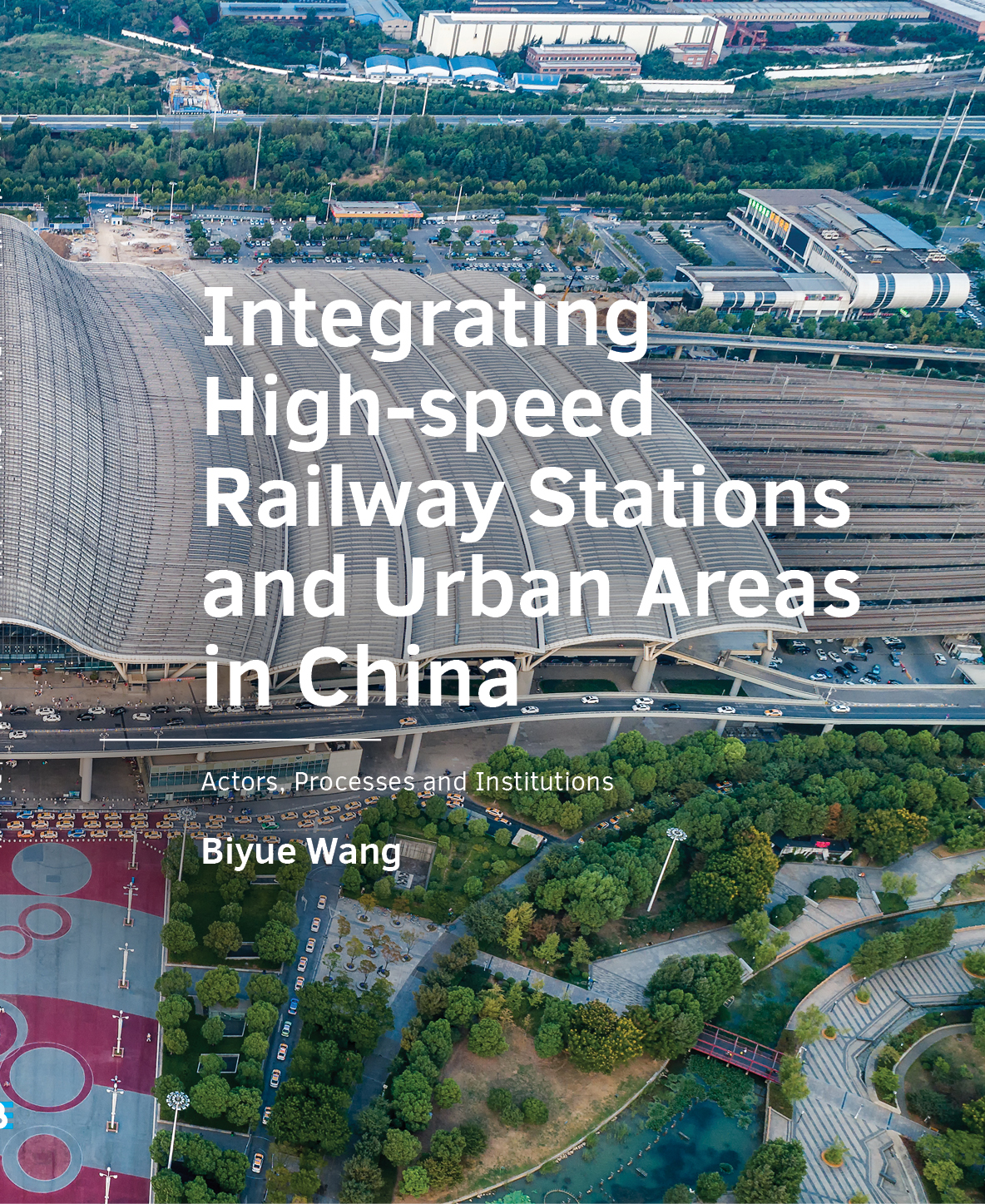Integrating High-speed Railway Stations and Urban Areas in China
Actors, Processes and Institutions
DOI:
https://doi.org/10.7480/abe.2022.17.6828Abstract
There is an increasing need for understanding the impacts of institutions on the integrated planning of transport and land use. High-speed railway (HSR) station areas, as nodes in transport networks and mixed-use areas, have become a focus in planning. The fast development of HSR station areas in China causes many problems, such as remote locations, oversized station areas, transfer difficulties, and unsustainable urban development. Facing these problems, this study aims to explore the influences of actors, decision-making processes, and institutions on the planning and development of HSR station areas in China. An analytical framework is built based on Transit-Oriented Development (TOD), Policy Network Theory, Institutional Analysis and Development Framework, and State Entrepreneurialism. Qualitative methods offer an effective way of investigating Chinese governance in the development of HSR station areas, including content analysis, case studies, and interviews. The findings show that HSR station areas are mainly used as a tool to promote urbanization. Both the Chinese national government and local governments have an important role to play in the planning of HSR station areas because they control different resources. Their interactions in the decision-making process, influenced by institutions, determine the location of HSR stations and the size of station areas, and lead to transfer difficulties and slow development of station areas. This dissertation reveals the causes of the development problems of Chinese HSR station areas, demonstrates the drawbacks of the current mechanism, and proposes strategies to promote the integration of transport and land use in China.


